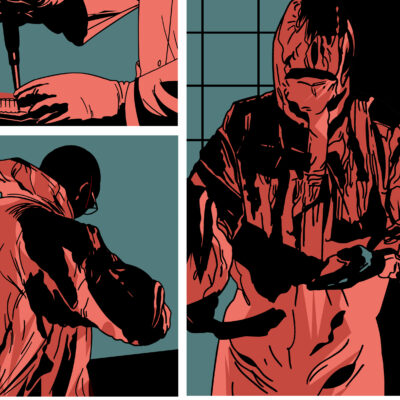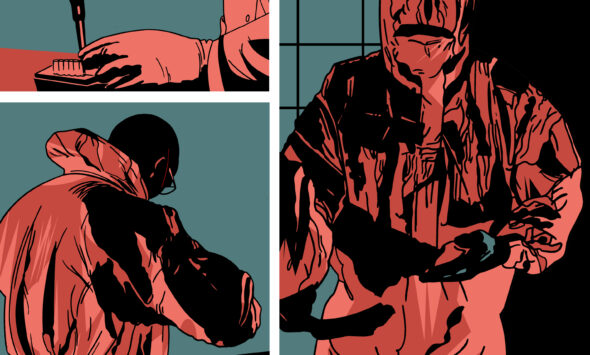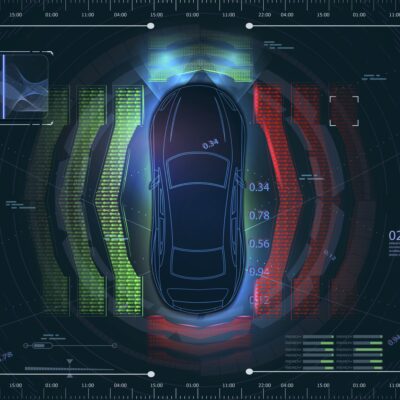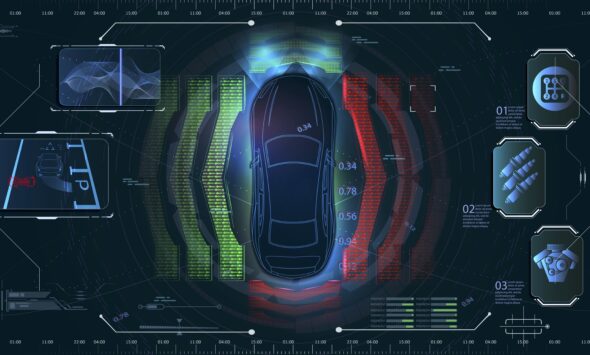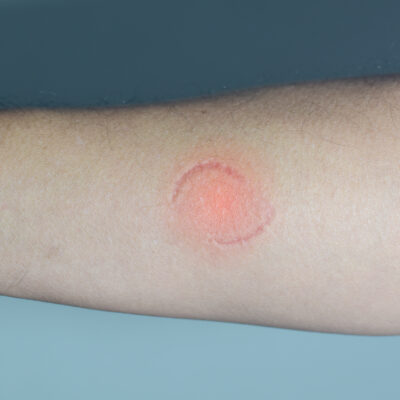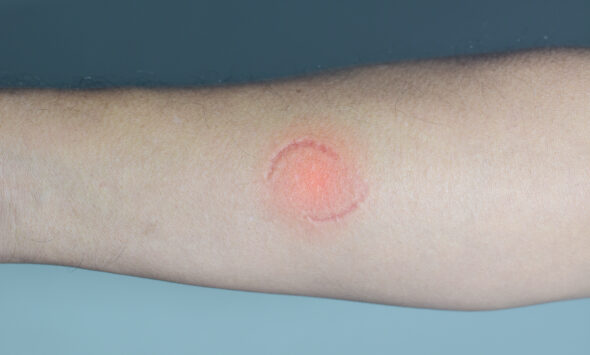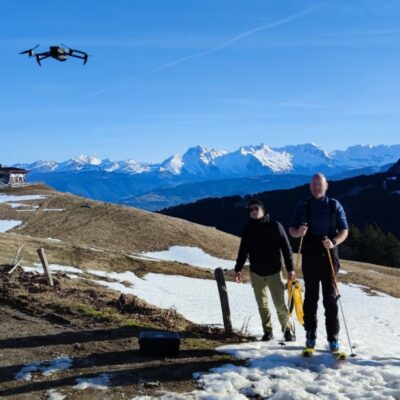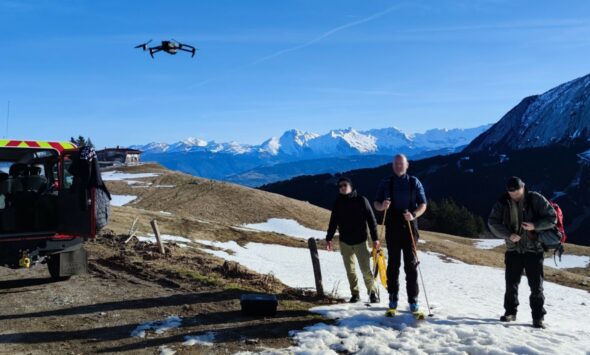For investigators, locating the bodies of missing persons buried in natural environments is a complex—if not impossible—task. In the future, however, trees themselves may help. Here’s how.
For now, it remains a theory, but it comes from the highly respected Forensic Anthropology Center at the University of Tennessee (USA), which in 1980 established the first « Body Farm ». This center has specialized in a field of study that may seem somewhat macabre but is of great value to criminal investigations: examining how human remains decompose depending on the environment in which they are placed, as well as under different climatic conditions (cold, heat, humidity, etc.). Researchers are particularly focused on how the human microbiome (the community of microorganisms and their genes) reacts after death.
Monitoring leaf color.
When a body decomposes in a natural environment, it alters the composition of the soil. In the absence of the immune responses that occur in a living organism, bacteria multiply and mix with the microorganisms present in the earth. From this observation, researchers developed the following hypothesis: could these changes in the soil also affect the trees that draw nutrients from it? And if so, could such changes be detected in the color and reflectance (the proportion of light reflected by a surface) of their leaves?
Nitrogen, a visible marker.
Among the chemical components likely to affect vegetation, researchers highlight nitrogen, present in large quantities in the human body and also a common ingredient in fertilizers used to boost plant growth. Plants exposed to it produce more chlorophyll, and their leaves become greener—changes that could become a factor in visual detection.
However, other interactions complicate these observations: for example, the presence in decomposing bodies of certain metals or traces of pharmaceuticals. More simply, the natural ecosystem in which the body is deposited also comes into play: necrophagous insects, scavengers, animal droppings…
Lastly, there remains the challenge of distinguishing the effects of human decomposition from that of other large mammals—deer, wolves, bears, cattle, and so on. In both wild environments and agricultural lands, animals die and decompose, and at present there are no comparative studies available to differentiate between these various microbiomes.
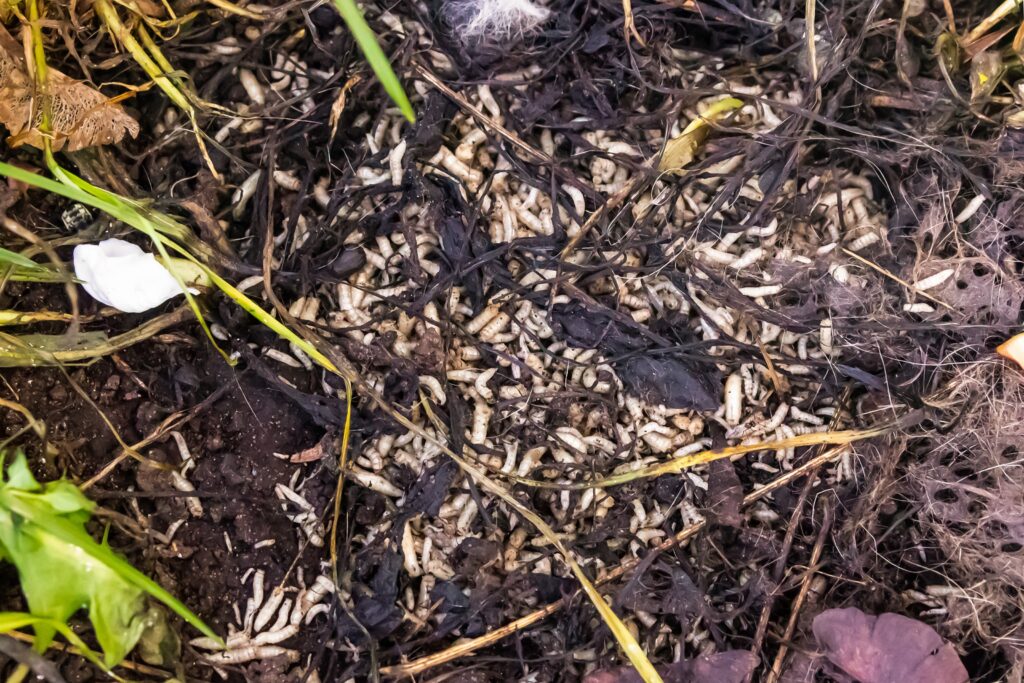
Scanning the area with a drone.
In the face of these many challenges, the Forensic Anthropology Center at the University of Tennessee proceeds step by step. First, researchers placed ‘donors’ (individuals who had donated their bodies for research purposes) in designated plots of land in order to observe how vegetation responded to this macabre exposure. Soil that had been in contact with human decomposition was then transferred to a greenhouse to more closely monitor the plants and their modifications.
These examinations are carried out using hyperspectral imaging, which highlights chlorophyll-induced fluorescence in leaves—a technology already used to detect cannabis and poppy fields from the air.
If this study proves successful, it could revolutionize the search for missing persons. With drones and imaging technology, it would become possible to scan large or hard-to-access areas and detect changes linked to decomposition processes nearby. This would save valuable time for law enforcement and give families hope of finding closure.
Sources :
https://www.wired.com/story/could-a-tree-signal-if-a-corpse-is-decaying/
http://fac.utk.edu/what-is-forensic-anthropology-2/
https://fr.wikipedia.org/wiki/Ferme_des_corps
https://www.sciencedaily.com/releases/2020/09/200903133025.htm
Tous droits réservés - © 2025 Forenseek



